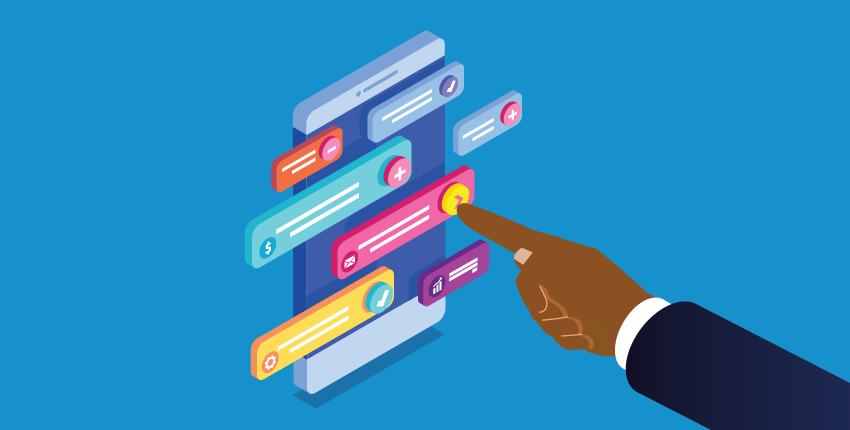Digital health: Real-world engagement and patient-generated data
John Torous, MD, MBI, director of digital psychiatry at Beth Israel Deaconess Medical Center and an advisor for the NIH All of Us Research Program, discusses driving toward the next level in digital health with patient-generated data.
